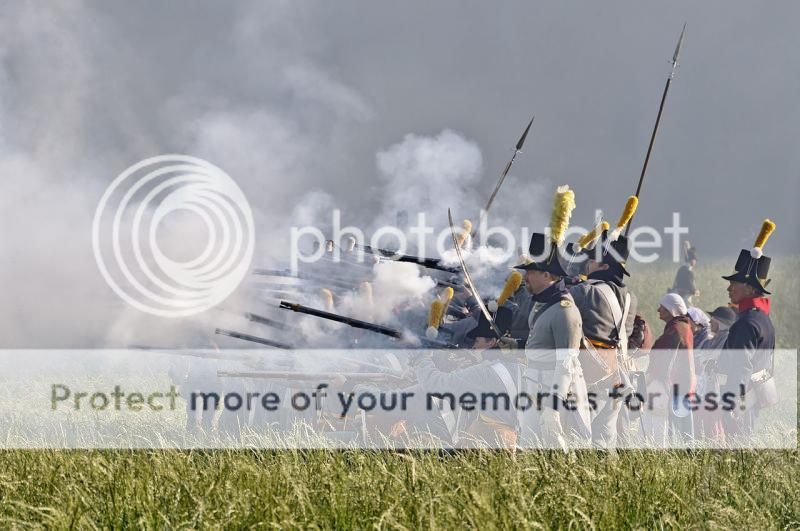Hello, I purchased one of the first 7/8ths bodies when Warmoth began to offer that option, it's an oldy. At the time, I didn't finish it, I just wanted to test out some sounds using a short scale swamp ash body. This year, I got the hankering to actually finish the thing and had lots of KTM-9 leftover from previous guitars. It's coming out great, but only because I had to punt from attempting to use my HVLP turbo gun and go back to spreading with foam sticks. This was how I'd always used KTM-9 and it's impressive for that. As I get ready to start my next projects, I need to purchase a new can since I've wiped this one out with this build. Since I really would prefer to spray, I'm rethinking my choice.
I know a lot has happened in the last couple of years with Water-borne finishes. I'm hoping that one of those things is that they are more suited to spraying rather than brushing. My KTM-9 seems to have too fine an edge between orange-peel and running, thus I'm not (and likely never will be) suited to spraying it. It seems suited to brushing with it's slow excellent leveling. But on this build, I actually sanded the body back to bare wood twice after making such a runny mess trying to spray. Has anyone worked with SM Colortone, Target or Enduro? Do any of these restore a feeling of control when spraying? For all the millions of threads on using WB finishes, I can't find any where all have been compared side by side and reviewed for the differences in application. If you've used any of these others, let me know how it sprayed in moderate temps.
I know a lot has happened in the last couple of years with Water-borne finishes. I'm hoping that one of those things is that they are more suited to spraying rather than brushing. My KTM-9 seems to have too fine an edge between orange-peel and running, thus I'm not (and likely never will be) suited to spraying it. It seems suited to brushing with it's slow excellent leveling. But on this build, I actually sanded the body back to bare wood twice after making such a runny mess trying to spray. Has anyone worked with SM Colortone, Target or Enduro? Do any of these restore a feeling of control when spraying? For all the millions of threads on using WB finishes, I can't find any where all have been compared side by side and reviewed for the differences in application. If you've used any of these others, let me know how it sprayed in moderate temps.


